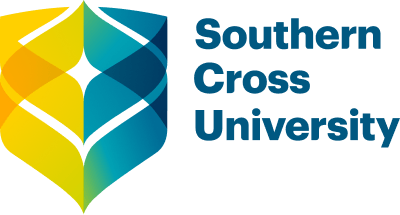Gold Coast Sea Slug Census to set new record
Categories
Share
The search for ‘nudis’ in the coastal waters of the Gold Coast is on again this weekend (September 23-24) at the second annual Gold Coast Sea Slug Census.
The community-based research project is led by Southern Cross University’s Professor Stephen Smith with almost 100 ‘citizen scientists’ expected to turn out to photograph as many species of nudibranchs – known commonly as sea slugs – as possible from sites ranging from South Stradbroke Island to Cook Island over a 48-hour period.
The event is part of the wider Sea Slug Census program held at locations along Australia’s east coast since 2013, including Nelson Bay, Sydney and Gold Coast, with more locations to be announced in 2018.
“The data are used by Southern Cross University scientists to map the distribution of sea slugs and identify changes to these patterns over time,” Professor Smith said.
“So far, this process has identified more than 20 species that have expanded their range southward which is thought to be an indicator of the effects of climate change.”
Professor Smith said sea slugs are particularly useful as indicators of environmental change because of their rapid life cycles and specific feeding requirements.
“With their bright colours, many of them are also highly visible making them a perfect group to target by citizen scientists,” he said.
So far, more than 80 participants have registered for the event making it the biggest Sea Slug Census ever held, with more expected to register in the lead up to the day.
Professor Smith and local organiser Deb Aston said they were confident that the combined search effort will lead to the discovery of new records for the region and also highlight the high biodiversity of the Gold Coast region.
Registrations are open until 5pm Friday with forms available from the dedicated Gold Coast Sea Slug Census Facebook page.

/prod01/channel_8/media/scu-dep/current-students/images/Coffs-harbour_student-group_20220616_33-147kb.jpg)
/prod01/channel_8/media/scu-dep/current-students/services/counselling/images/RS21533_English-College-Student_20191210_DSC_6961-117kb.jpg)
/prod01/channel_8/media/scu-dep/study/scholarships/images/STEPHANIE-PORTO-108-2-169kb.jpg)
/prod01/channel_8/media/scu-dep/study/arts-and-humanities/images/RS20958_Chin-Yung-Pang-Andy_20190309__79I5562-960X540.jpg)
/prod01/channel_8/media/scu-dep/experience/images/SCU-INTNL-STUDY-GUIDE-280422-256-72kb.jpg)
/prod01/channel_8/media/dep-site-assets/component-library/screenshots/online-1X1.jpg)